Unraveling Slip and Fall Negligence: Lawyers’ Strategies to Prove Fault
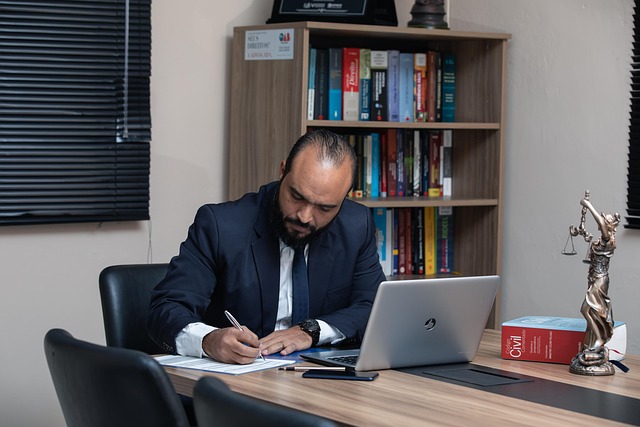
Slip and fall negligence cases center on establishing liability for injuries stemming from unsafe pr…….
In today’s fast-paced world, the topic of slip and fall negligence has emerged as a critical aspect of personal injury law, capturing the attention of legal professionals, policymakers, and individuals alike. This phenomenon, often referred to as premises liability, involves accidents resulting from unsafe conditions on someone’s property, leading to slips, falls, and subsequent injuries. The increasing frequency and severity of such incidents have prompted a thorough examination of the underlying factors, responsibilities, and potential solutions. This article aims to provide an in-depth exploration of slip and fall negligence, its multifaceted implications, and its global reach. By delving into various aspects, we will equip readers with valuable insights into this complex legal and social issue.
Definition: Slip and fall negligence refers to a legal concept where individuals or entities are held liable for injuries sustained by visitors on their premises due to unsafe conditions that were reasonably foreseeable but left unaddressed. It involves a scenario where a person slips, trips, or falls as a direct result of another party’s negligence in maintaining a safe environment.
Core Components:
Historical Context: The concept of slip and fall negligence has evolved over centuries, with early common law jurisdictions addressing these cases based on strict liability. However, the modern understanding has been shaped by legal precedents and changing societal expectations regarding property owners’ responsibilities. Landmark cases in various countries have established principles that define when and how negligence can be attributed to property owners.
Significance: This type of negligence is significant as it addresses public safety concerns, encourages responsible property management, and provides recourse for victims who may otherwise face financial burdens due to accidental falls. It plays a crucial role in maintaining a safe living and working environment, especially in diverse settings like retail stores, offices, residential buildings, and public spaces.
Slip and fall negligence is not limited to specific regions; it is a global concern with varying degrees of intensity. Here’s an overview:
| Region | Trends and Impact | Legal Framework |
|---|---|---|
| North America | High prevalence, particularly in winter months due to ice and snow. Strict liability laws exist but are subject to exceptions. | Varied state-by-state regulations, with some states adopting more stringent standards for property owners. |
| Europe | Significant cases have led to stricter safety guidelines, especially in public spaces and commercial premises. | Uniform Civil Code principles ensure consistent application of negligence laws across member states. |
| Asia Pacific | Rapid urbanization presents challenges, with busy cities experiencing high slip-and-fall incidents. Property owner liability varies by country. | Some countries mandate property maintenance standards, while others rely on common law principles. |
| Middle East | Strict liability rules are prevalent, but enforcement remains a challenge in some areas. | Local laws govern, often influenced by Western legal systems and Islamic Sharia principles. |
| Latin America | Cases are increasing, with growing awareness of victim rights. Liability is generally based on negligence. | Civil law traditions dominate, allowing for more flexibility in interpreting negligence cases. |
The economic aspects of slip and fall negligence are multifaceted and significant, impacting both individuals and the broader economy:
Technology plays a dual role in the context of slip and fall negligence:
Positive Impact:
Challenges and Risks:
The legal response to slip and fall negligence varies globally, but several key policies and regulations have emerged:
The field of slip and fall negligence faces several challenges and criticisms:
Proposed Solutions:
A major retail chain in North America faced a slip and fall lawsuit after a customer slipped on spilled liquid near the entrance, suffering severe injuries. The court ruled in favor of the plaintiff, emphasizing the retailer’s duty to maintain a safe environment. The company was ordered to implement stricter cleaning protocols and provide training to staff, setting a precedent for improved safety measures in similar businesses.
In a bustling city, a local government faced criticism after several slip and fall incidents in a popular public park. They responded by conducting a comprehensive risk assessment, installing better lighting, adding textured surfaces for traction, and organizing regular maintenance teams. These measures significantly reduced accident rates, demonstrating the impact of proactive policies.
A tech startup developed an AI-powered surveillance system that detected hazardous conditions in real time, alerting property managers. This innovative solution led to a 30% reduction in slip and fall incidents in commercial buildings, showcasing the potential of technology in accident prevention.
The future of slip and fall negligence is shaped by emerging trends and technological advancements:
Slip and fall negligence is a complex and multifaceted issue that demands thoughtful consideration and proactive solutions. As our world becomes more bustling and interconnected, ensuring safe environments is paramount. This article has provided an in-depth analysis, highlighting various aspects from historical context to global trends, technological advancements, and future prospects. By understanding these elements, we can navigate the challenges and work towards creating safer spaces for all.
Q: What is the difference between slip and fall negligence and regular personal injury claims?
A: Slip and fall negligence specifically focuses on accidents arising from unsafe conditions on someone’s property. Regular personal injury claims can encompass a broader range of incidents, including those occurring on public roads or due to product defects.
Q: Can a property owner be held liable if the victim was wearing inappropriate shoes?
A: While footwear may be considered a contributing factor in some cases, it does not automatically absolve a property owner of liability. The primary focus is on the reasonable care expected to maintain a safe environment.
Q: How do weather-related conditions impact slip and fall negligence laws?
A: Weather conditions can be a significant factor in many jurisdictions. Property owners may have specific obligations regarding snow removal, ice treatment, and lighting during adverse weather, as outlined in local regulations.
Q: Are there any circumstances where the victim might be entirely at fault for a slip and fall incident?
A: In some cases, contributory negligence laws may attribute partial fault to the victim, especially if they were aware of the hazard and failed to exercise reasonable care. However, these laws vary by region and are subject to strict interpretation.
Q: How can technology help prevent slip and fall accidents in public spaces?
A: Technology, such as advanced surveillance systems and smart sensors, can provide real-time data for risk assessment and automated safety responses. This proactive approach has shown promising results in reducing accident rates.

Slip and fall negligence cases center on establishing liability for injuries stemming from unsafe pr…….
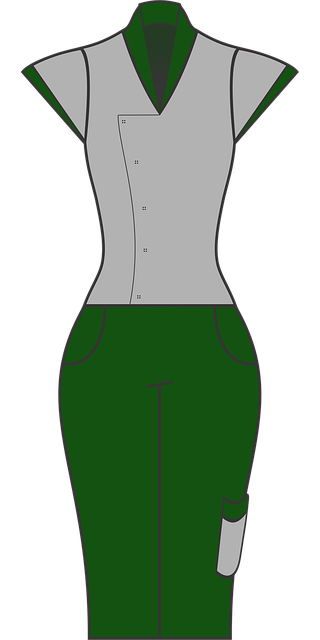
Slip and fall incidents, leading to negligence claims, involve unexpected trips or falls on another…….
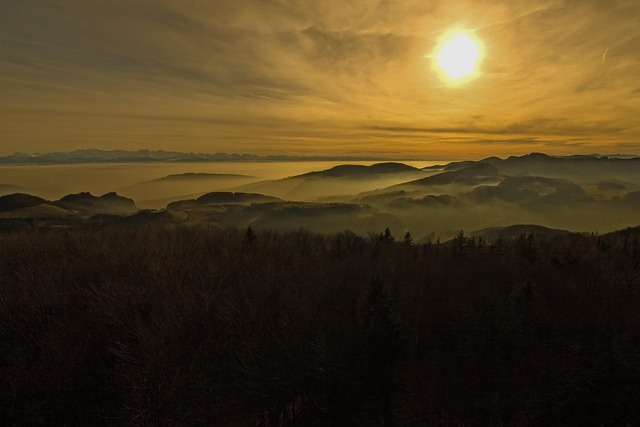
Proving slip and fall negligence requires establishing several key elements, starting with demonstra…….
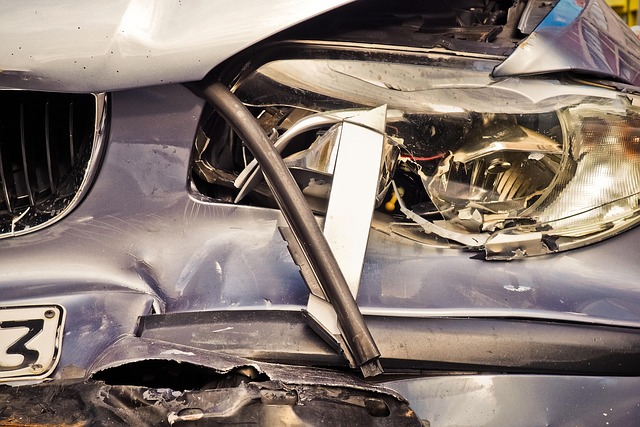
To prove slip and fall negligence, establish hazardous conditions, property owner knowledge, causati…….

Slip and fall negligence cases arise from unsafe environments, with victims needing to prove duty, b…….
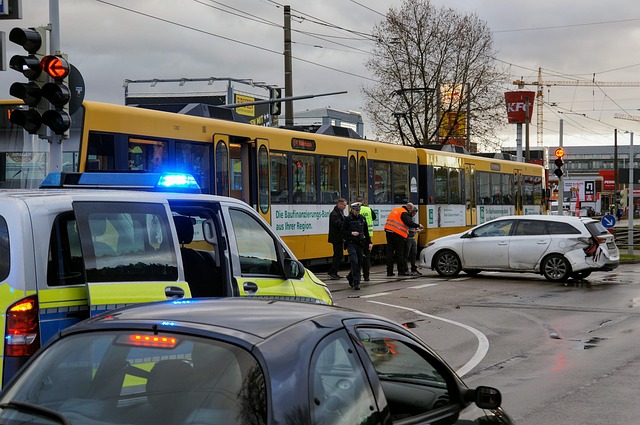
In slip and fall negligence cases, property owners have a legal duty to maintain safe premises, prev…….
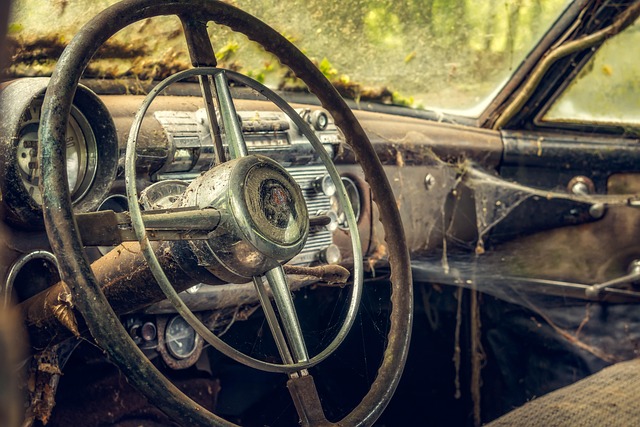
Slip and fall incidents are common but can lead to significant consequences, especially when neglige…….